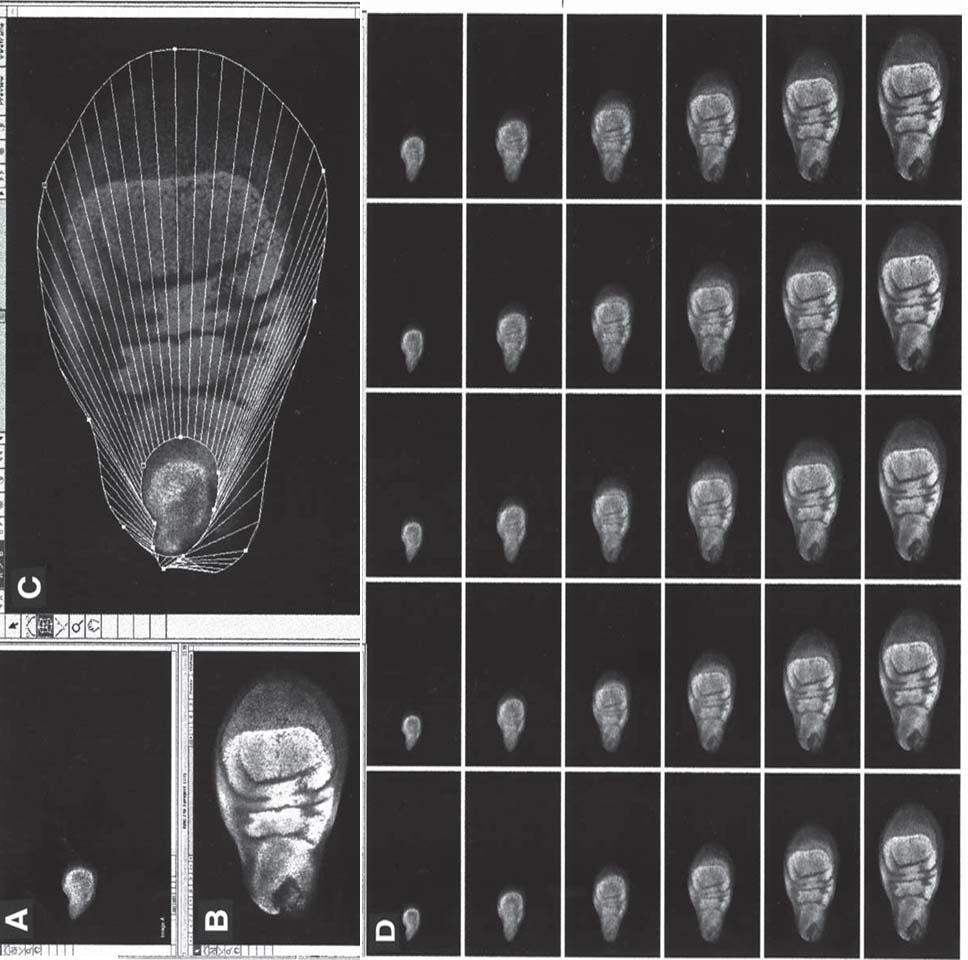
#AVID ELASTIC REALITY SOFTWARE CODE#
New functionality was based on Google Summer of Code 2005. Greatly improved system and character animations (with a non-linear editing tool), and added fluid and hair simulator. Simulation of elastic surfaces improved subdivision surface. LSCM-UV-Unwrapping, object-particle interaction. Ray tracing in internal renderer support for YafaRay. The following program developed in each version: Version Blender is solely available under "GNU GPLv2 or any later" and was not updated to the GPLv3, as no "no evident benefits" were seen. However, they never exercised this option and suspended it indefinitely in 2005. The Blender Foundation initially reserved the right to use dual licensing, so that, in addition to GPLv2, Blender would have been available also under the Blender License that did not require disclosing source code but required payments to the Blender Foundation.
#AVID ELASTIC REALITY SOFTWARE SOFTWARE#
Today, Blender is free, open-source software and is-apart from the Blender Institute's two full-time and two part-time employees-developed by the community. On September 7, 2002, it was announced that they had collected enough funds and would release the Blender source code.


The campaign aimed for open-sourcing Blender for a one-time payment of €100,000 (US$100,670 at the time) collected from the community. On July 18, 2002, Roosendaal started the "Free Blender" campaign, a crowdfunding precursor. Ton Roosendaal founded NaN in June 1998 to further develop the program, initially distributing it as shareware until NaN went bankrupt in 2002. The name Blender was inspired by a song by Yello, from the album Baby. The Dutch animation studio Neo Geo and Not a Number Technologies (NaN) developed Blender as an in-house application, with the primary author being Ton Roosendaal.


 0 kommentar(er)
0 kommentar(er)
